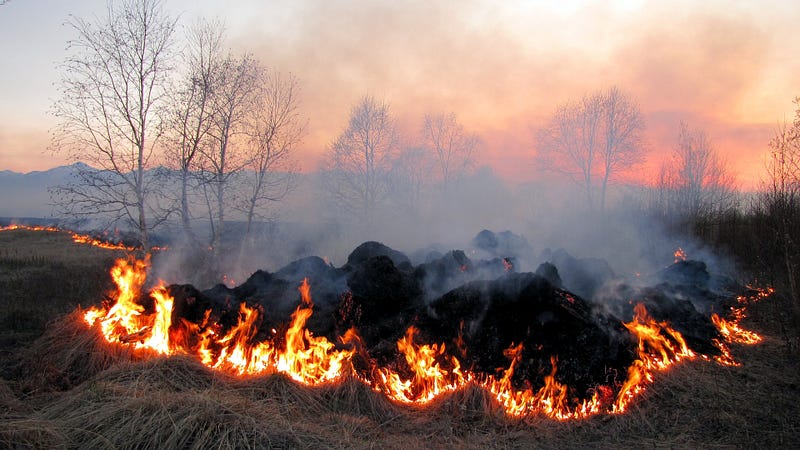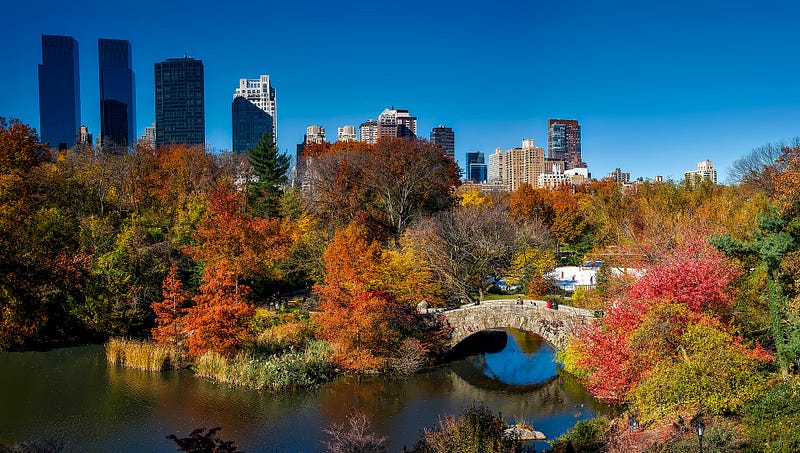
The world that we live in today is very different from the world which existed in the early 1900’s when Dr. Henry Antoine des Voeux first coined the term smog to describe the layers of “fog and smoke” which frequently covered the city of London. Smog was then only just becoming apparent as a result of air pollution but today it is not only evident in most major cities around the world but is in fact, a serious health issue. There are numerous reasons for how our cities came to be so polluted, some of these are obvious but there are some that you may not be aware of. Here’s a fresh look at some not so fresh facts that might give you a little more understanding of why some cities have so much pollution.

1. Topography — Believe it or not, the topography of where you live could have a tremendous impact on the amount of smog that you are exposed to. Areas like much of California, especially Los Angeles County, are located inland basins that are surrounded by mountains. These basins tend to trap the smog in the air and without a steady and strong amount of wind to carry it out of the basins, the smog doesn’t go anywhere but instead accumulates above these geographical regions.
2. Meteorology — Another factor that has been shown to impact the amount of smog we are exposed to is meteorology which includes climate and local weather patterns. In warm climates, for instance, the temperature of the air may actually contribute to and cause higher concentrations of smog because of the chemical interactions that occur between the ground level emissions and the atmosphere. This is the primary cause of what is known as photochemical smog. Another meteorological factor is temperature inversions where the air closer to the ground is cooler than the air up above. When the clean air above is dispersed and mixed with the polluted air, this phenomenon is known as vertical mixing. If temperature inversions occur though, the clean air is warmer than the polluted air below and acts as a lid keeping the cooler, polluted air closer to the ground. These factors have been cited as significant causes of increased smog levels in Los Angeles, Beijing, Shanghai, Toronto, New York and many other cities around the world.

3. Coal Fires — Other than photochemical smog, the other type of smog is sulfur smog which is caused by coal fires which emit a mixture of heavy, dark smoke and sulfur dioxide. It is this type of smog which was first noted by Dr. Henry Antoine des Voeux when he first used the term smog to describe the emissions which were once particularly problematic in the industrial parts of London, England. While many countries have reduced their dependence on coal as a fuel for electricity and industry, it still poses a major problem for other parts of the world today, most notably in China. As the country with the highest levels of coal consumption, China also is the leading contributor of harmful fossil fuel emissions in the world. The situation is so severe and has accounted for thousands of deaths and health issues that the government has begun to take vigilant steps towards decreasing the amount of national coal consumption.
4. Smog From Other Cities — Cities that happen to be geographically close to other major cities with high levels of smog also suffer the effects of polluted air. This occurs simply because of wind conditions which may carry the pollutants through the air. A prime example of this kind of cross pollution occurs in the Northern region of China in the Hebei province. Home to the Chinese capital of Beijing, it is also a major site of heavy industry and coal consumption and in 2016 was named one of the ten cities in China with the worst air quality. Because of Beijing’s severe smog, other neighboring cities in the region including Baoding, Xingtai, Shijiazhuang, Tangshan, Handan and Hengshui, all in Hebei, filled the top six places.

5. Burning Crops — The process of burning excess residue from crops to prepare the ground for the next crop is called stubble burning and this has been determined to be a primary cause for some of the harmful emissions that contribute to smog and poor air quality. Stubble burning has been cited as a particularly harmful contributor to the poor air quality in Delhi, India where the Air Quality Index has reached hazardous levels and resulted in the closures of schools and government imposed fines on farmers who continue to burn crops. The air quality is so bad in Delhi that experts have likened it to smoking 44 cigarettes per day.
6. Volcanic Eruptions — While vehicular emissions and consumption of products that contain or produce hazardous compounds into the environment present other major contributions to smog, there are a couple of natural causes as well such as volcanic eruptions. When a volcano erupts, it releases toxic levels of sulfur dioxide gas and other pollutants into the air. These in turn react with the oxygen and moisture in the air which produces volcanic smog (VOG) and also acid rain. This is an issue on the island of Hawaii which has been affected by the VOG from the ongoing eruptions of the Kilauea Volcano.

7. Plant Life — Another seemingly innocuous contributor to smog are certain types of plant life that release volatile organic compounds (VOC’s)such as isoprene which is released by vegetation and which some reckon may be more of an irritant than most other airborne pollutants. Another example is the creosote bush which grows in California and which actually has a radiocarbon content which reacts with the atmosphere.
Smog is an issue which has many different causes, most of which are caused by human consumption and/ or industry but its negative consequences are issues which affect all of us no matter where we live. The necessity to seek financially feasible and eco-friendly solutions to the problems of smog and poor air quality in the world is of dire importance to all nations and through a better understanding of the sources of this potentially fatal environmental hazard we all can learn to live more responsibly.
